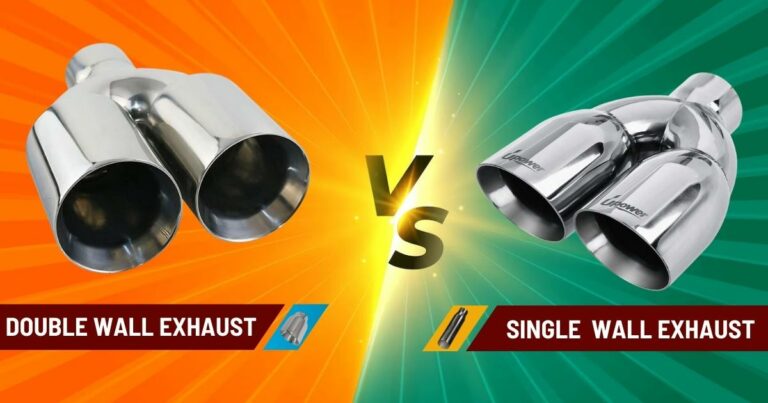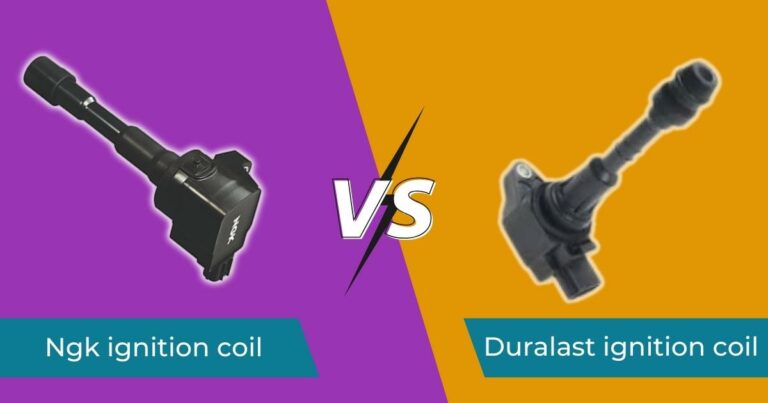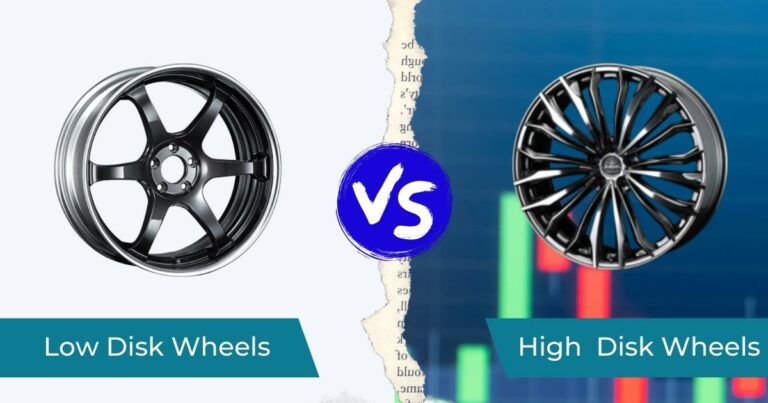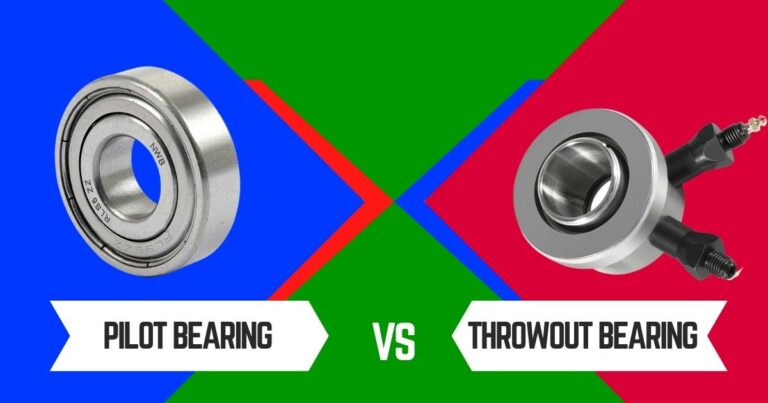Pontiac 400 vs Chevy 400 | A Dynamic Duel of V8 Legends
The rivalry between Pontiac and Chevrolet has long been a source of fascination for engine enthusiasts in the car industry. Central to this competition are the powerful engines each brand has invented to power their iconic vehicles.
Among these, the Pontiac 400 and the Chevy 400 stand out as representatives of two distinct engine legacies. Hailing from the stables of General Motors, these V8 powerhouses have left a lasting impression on the history of muscle cars.
If you are looking forward to building up your vintage car, the Pontiac 400 and Chevy 400 engines are solid options worth considering. In this guide, we’ll walk you through the differences between the two motors to help you make the right choice for your project.
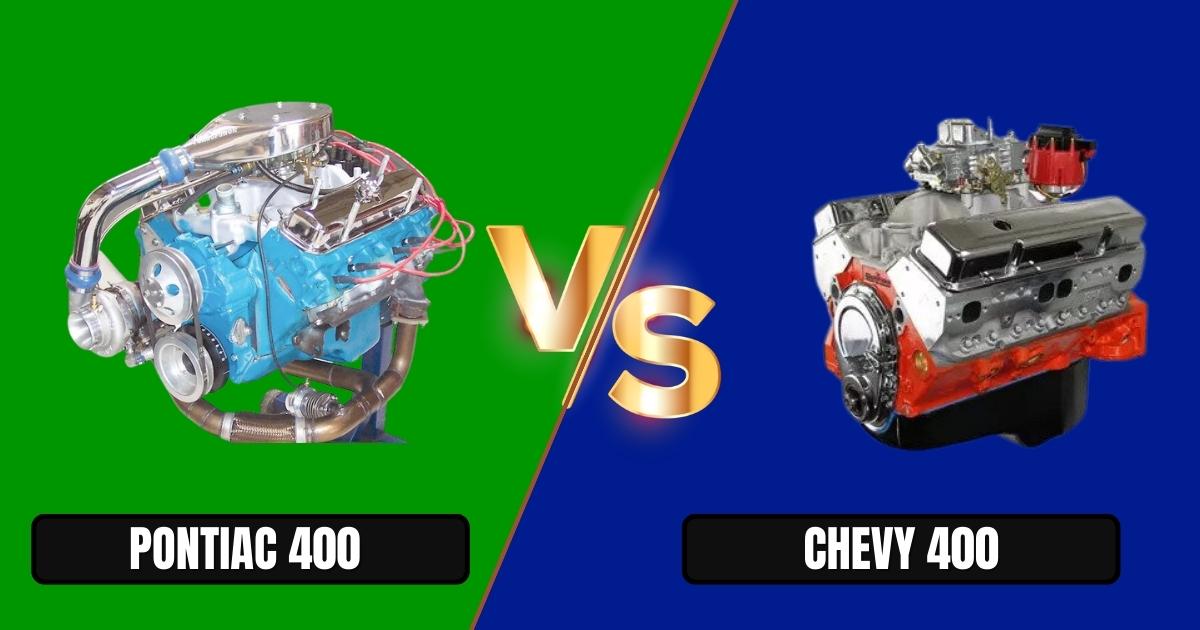
Pontiac 400 vs Chevy 400
Back in the 1960s and 1970s, Pontiac and Chevy were in a constant fierce rivalry, going head-to-head in the highly competitive market. Even though they were part of the same big car family, they sought to attract different types of users. But here’s the interesting part- both Pontiac and Chevy made a special kind of engine called the 400 cubic inch engine.
This engine size became a big deal during those years, especially for muscle cars that were all about being powerful and fast. Today, enthusiasts and collectors stumbling upon these two engines may be left with more questions than answers. Some may wonder, “Are Chevy and Pontiac engines the same? And is the Chevy 400 a good engine?’ Well, there is only one way to find out!
Pontiac 400 Overview
The Pontiac 400 is a venerable V8 engine that was produced by Pontiac from 1967 to 1978. This engine holds a special place in the history of American muscle cars and found its way into a range of Pontiac models. The Pontiac 400 was the successor to the 389 cubic-inch engine, which offered an increase in the overall displacement.
Over its production years, the Pontiac 400 underwent advancements, with changes in cylinder head design and other modifications to adapt to evolving standards. For instance, the engine block structure and metallurgy were significantly modified to align with set industry standards and maintain performance. Other notable modifications included a reduced valve angle and a move away from closed-chambered heads.
The Pontiac 400’s performance credentials were underscored by its application in high-profile models such as the Pontiac GTO and many others. The engine was characterized by a balance of low-end torque and higher RPM power, which was crucial in delivering a thrilling driving experience associated with classic Pontiac vehicles.
Pontiac 400 Specs (1967-1978)
- Displacement and Horsepower
- 400 cubic inches (6.6 liters)
- The standard 2-barrel configuration generated 290 horsepower, which delivered 428 ft. pounds of torque
Bore x Stroke
- 4.12 in × 3 3⁄4 in (104.6 mm × 95.3 mm)
- Cylinder Head Improvements (1967)
- Valve Angle – Reduced from 17 degrees to 14 degrees for better breathing
- Cylinder head changed from closed-chamber to open-chambered
- The cylinder head design was also improved to 400 4-barrel
Valve Sizes
- High-performance heads had a 2.11 in (53.6 mm) intake and 1.77 in (45.0 mm) exhaust valve
- Low-performance and two-barrel applications had 1.96 in (49.8 mm) intake and 1.66 in (42.2 mm) exhaust valves with pressed-in rocker arm studs
Performance (1968 GTO)
- Compression Ratio- 10.75:1
- Power Output- 360 horsepower
- Torque- 445 foot-pounds
CAFE Emissions Modifications (1975)
- The 2bbl option was eliminated
- The sole 400 was modified to L78 400 with a 4bbl Rochester Quadrajet. This model was designed to produce up to 185 HP or less depending on the application.
Key Highlights and Benefits
Muscle Car Power
The Pontiac 400 engine was often used in muscle cars like the Pontiac GTO and Firebird Trans Am. The engine was designed to deliver the robust power and torque needed to drive classic muscle cars.
High-Performance Design
This Pontiac engine was specifically engineered to meet the demands of performance-oriented vehicles. This involved optimizing parameters like airflow, combustion efficiency, and internal components to achieve higher horsepower and torque outputs.
Versatility
The engine was used in a variety of Pontiac vehicles and was not limited to a specific type of vehicle. This demonstrated the engine’s ability to meet the performance requirements of different vehicles within the Pontiac lineup.
Customization Options
Like many classic engines, the Pontiac 400 can be customized and modified to meet specific performance requirements. This includes options for aftermarket camshafts, intake systems, and exhaust upgrades.
Limitations
Lack of Modern Technology
The Pontiac 400 lacks modern technological features that are standard in contemporary engines. This includes fuel injection systems, computerized engine management, and other modern advancements.
Availability of Parts
Pontiac as a brand has been discontinued, so finding original or specific parts for the Pontiac 400 might be challenging. While there is aftermarket support, certain components may be less readily available.
Low Fuel Efficiency
This Classic V8 engine is known for its power, but tends to be less fuel-efficient compared to modern engines.
Bulkiness
Much like any other V8 engine produced during the muscle car era, this Pontiac engine can be heavy. As a result, the additional pounds might impact the overall weight distribution and handling of your vehicle.
Chevy 400 Overview
The Chevy 400 is a V8 engine produced by Chevrolet, which is also a division of General Motors. The Chevy 400 was introduced as part of the small-block Chevrolet engine family and has been utilized in various vehicles, such as full-size Chevrolet and GMC trucks, K5 Blazer/Jimmy, A-Body, and B-Body passenger cars.
The Chevy 400 entered the scene in 1970, marking the beginning of a decade-long production run. This engine was available in various performance configurations, making it a favored choice for those seeking a robust engine that could be tailored to specific performance needs.
The Chevy 400 is known for generating significant torque, reaching up to 400 lb-ft. Although it was not originally designed as a high-performance engine, the Chevy 400 gained popularity for its torque and became a favorite in various racing applications, both on- and off-road.
Chevy 400 Specs
Displacement and Horsepower
- 400.9 cubic inches (6.6 liters; 6,569 cc)
- 245–265 horsepower (183–198 kW) gross, 150–180 horsepower (112–134 kW)
Bore x Stroke
- 4.125 inches (104.8 mm) x 3.750 inches (95.25 mm)
Cylinder Arrangement
- Siamesed cylinders which require ‘steam’ holes in the block, head gaskets, and heads to prevent overheating
- Main Bearing Journal- 2.65 inches (67.3 mm)
- Rod Bearing Journal- 2.1 inches (53.3 mm)
- Connecting Rod Length- 5.565 inches (141.4 mm)
- Main Bearing Type- 4-bolt journal (1970-1972), 2-bolt journal (1973-1979)
- Frost-Plugs- 2 or 3 per side (there were provisions for 3 on each side)
Carburetion
- The two-barrel carburetor was the standard until 1973
- Four-barrel carburetor option available from 1974
Key Highlights and Benefits
Robust Power Output
The Chevy 400 engine exhibited robust power output and was capable of delivering substantial horsepower and torque. This construction contributed to strong acceleration, high overall performance, and a dynamic driving experience, particularly in muscle cars and performance-oriented vehicles.
Performance Capabilities
Much like other small-block Chevy engines, the Chevy 400 was recognized for its high-performance design. Besides, enthusiasts can easily modify and enhance its capabilities through various aftermarket upgrades, such as camshaft changes and intake/ exhaust enhancements.
Broad Applications
The Chevy 400’s design and performance capabilities allowed it to be utilized in a variety of vehicles, and it found application not only in cars but also in trucks. This implies that it was capable of meeting the requirements of drivers with diverse needs, from those seeking powerful performance in muscle cars to those requiring towing capacity in trucks.
Ease of Maintenance
Small-block Chevy engines are generally known for their straightforward design. This simplicity makes maintenance and repairs more accessible.
Limitations
Fuel Efficiency
Like its Pontiac counterpart, the Chevy 400 may not be as fuel-efficient as more modern engines.
Emissions
The Chevy 400 was produced in the 1970s, so it might not meet contemporary emissions standards. As such, upgrades or modifications may be necessary for compliance.
Chevy 400 vs Pontiac 400 – Which Engine is Better?
Overall, the Chevy 400 is renowned for its lightweight design and adaptability. The small-block architecture enhances its agility, thereby facilitating easy modification and rev-happy performance. Furthermore, the engine’s design prioritizes a broad torque curve, rendering it effective for both street and performance-oriented driving.
On the contrary, Pontiac offers a larger external profile, which translates to a torque-heavy performance. Pontiac 400 engines are often favored for their powerful low-end grunt, making them popular in drag racing and stoplight-to-stoplight applications. What’s more, the engine’s firing order and cylinder head design contribute to a signature exhaust note and a unique driving feel.
The Chevy 400 benefits from widespread compatibility with a variety of transmissions and aftermarket components. Its compact design makes it relatively straightforward to fit into various vehicle setups. The engine’s popularity ensures that adapters and conversion kits are readily available, facilitating easier integration into different applications.
The Pontiac 400, also exhibits good compatibility, particularly with Pontiac vehicles. However, due to its larger external dimensions and complex design features, fitting the Pontiac 400 into other car models may require more consideration and additional modifications.
Chevy 400 engines and parts are generally more readily available in the aftermarket due to their popularity and use in a wide range of vehicles. As such, finding a Chevy 400 engine for a project or replacement parts is often easier. The popularity of this small-block Chevy engine also contributes to a competitive market, keeping prices relatively reasonable.
On the other hand, the Pontiac 400 is less abundant compared to the small-block Chevy engine. Pontiac discontinued its production in the late 1970s, so finding a Pontiac 400 engine or specific Pontiac components can be a bit more challenging.
While there is still a market for Pontiac engines and parts, you may need to rely more on salvage yards, specialty suppliers, or the used market. As such, availability might be more limited, and prices for certain Pontiac components could be higher due to the relative scarcity of these engines.
The Bottom Line
Pontiac 400 and Chevy 400 are the unbeatable heroes of their times, and their impact is still felt today. Although they may not be as prevalent in modern vehicles due to changing automotive technologies, their legacy lives on in the hearts of enthusiasts who appreciate the power and performance of the classic muscle car era.
The impact is also felt through the aftermarket support for these engines. Many companies produce performance parts and upgrades for these engines, which allows users to modify and restore vehicles with the preferred engine. Restored and modified cars with these engines remain popular in car shows, races, and collector circles. Generally, collectors often seek out vehicles equipped with these engines for their historical significance and performance capabilities.


